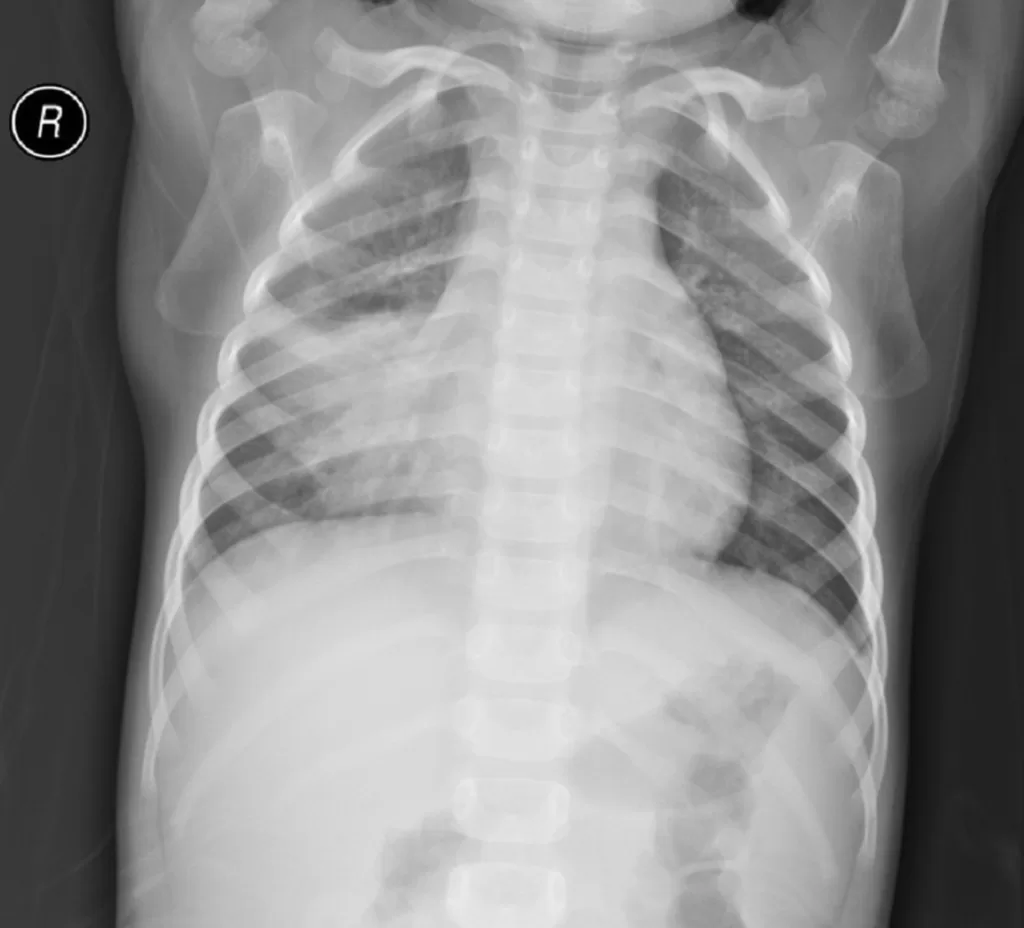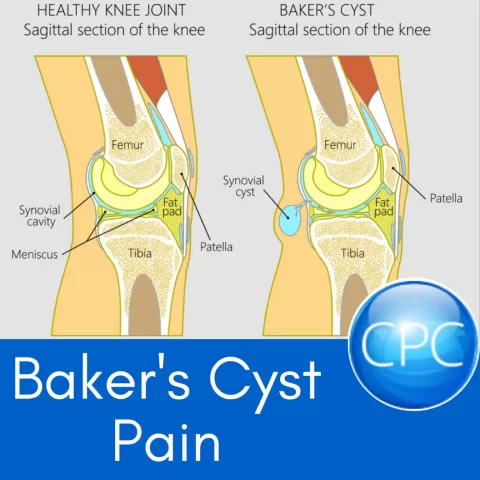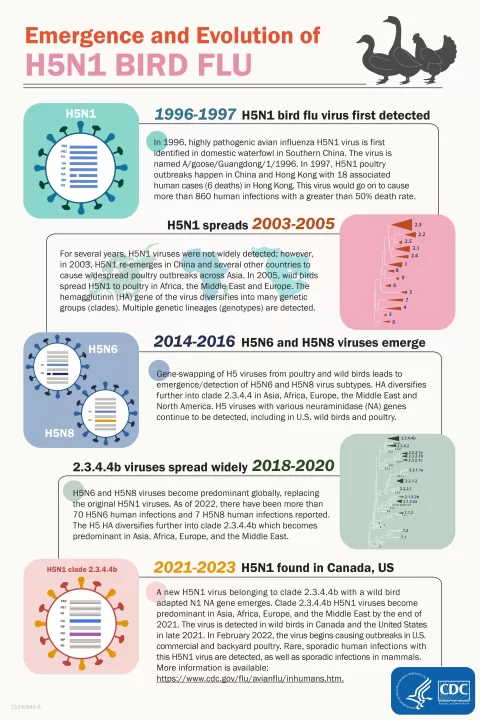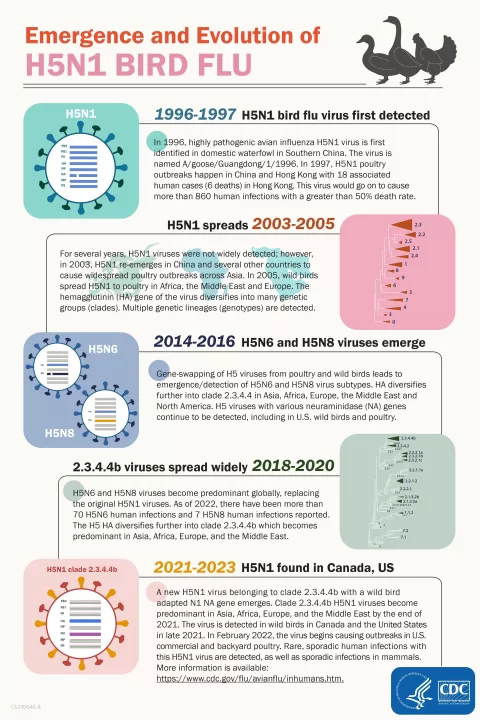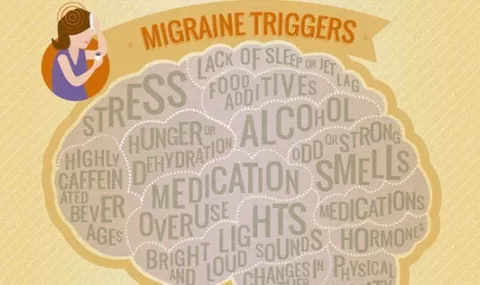Walking pneumonia in children, often caused by the bacterium Mycoplasma pneumoniae, is a growing concern among parents and healthcare professionals alike. This mild yet highly contagious respiratory infection typically manifests with symptoms similar to a common cold, making it challenging for parents to recognize. Recent statistics indicate a significant rise in walking pneumonia cases, particularly among younger children aged 2 to 4, which has prompted medical experts to stress the importance of awareness and early diagnosis. With changing disease patterns post-COVID-19, parents must be vigilant for symptoms of walking pneumonia, including persistent cough and fever. Effective treatment options exist, as well as preventive strategies that can help reduce the spread of this condition among children.
The rise of atypical pneumonia, commonly referred to as walking pneumonia, in the pediatric population has become a notable issue, especially since many might confuse it with other respiratory infections. This variant pneumonia, primarily caused by Mycoplasma pneumoniae, exhibits varying symptoms that can significantly differ based on the child’s age. While young children may show milder symptoms, older children, in contrast, often experience greater discomfort, such as severe cough and fever. Understanding the dynamics of pediatric pneumonia, including effective walking pneumonia treatment and prevention methods, is crucial for parents. By recognizing the symptoms early, caregivers can mitigate the risks associated with this infection and ensure their children’s health and well-being.
Understanding Walking Pneumonia in Children
Walking pneumonia, known scientifically as Mycoplasma pneumoniae, is an atypical infection that predominantly affects children, particularly those within the 2 to 4 age range. This respiratory condition can sometimes be mistaken for a common cold due to overlapping symptoms like dry cough, fatigue, and low-grade fever. However, it is crucial for parents to recognize that while walking pneumonia tends to be milder than traditional pneumonia, it does have the potential to escalate into more serious illness, especially if overlooked in younger children.
The sharp uptick in walking pneumonia cases highlights the need for increased awareness among parents and caregivers. With symptoms often appearing similar to less severe respiratory infections, understanding the distinct characteristics of this infection becomes paramount. Particularly in the current climate, where many children are transitioning back into communal settings post-COVID-19, maintaining vigilance around any health changes is essential.
Identifying Symptoms of Walking Pneumonia
Recognizing the symptoms of walking pneumonia can be challenging, particularly because they can vary significantly between age groups. In younger children, symptoms may manifest as gastrointestinal distress with diarrhea or vomiting, rather than the classic signs of respiratory illness. Additionally, a runny nose and wheezing are more common in toddlers who may not exhibit the clear fatigue and cough often associated with older children.
In contrast, school-age children generally experience symptoms that closely resemble those of traditional pneumonia, such as pronounced fatigue, persistent cough, fever, and headaches. Understanding these differences is crucial for timely diagnosis and treatment, which can significantly impact the child’s health recovery. Parents should monitor their child’s symptoms closely and consult healthcare professionals for proper evaluation.
Understanding Walking Pneumonia Treatment Options
Treatment for walking pneumonia often involves the use of antibiotics, particularly if the symptoms are severe or persistent. While some mild cases may resolve without intervention, a healthcare provider’s guidance is crucial to determine the necessity of medical treatment. The use of antibiotics such as azithromycin or doxycycline is common for addressing Mycoplasma pneumoniae infection, especially in pediatric patients.
Moreover, symptomatic treatment to alleviate cough and fever is also important in managing walking pneumonia in children. Parents can utilize over-the-counter medications to help comfort their child, while hydration and rest are fundamental to the recovery process. It is significant to follow up with a healthcare provider to ensure the condition is improving, as further medical attention may be needed if the child’s symptoms worsen.
Prevention Strategies for Walking Pneumonia
Preventing walking pneumonia involves implementing effective hygiene practices. The infection spreads through respiratory droplets, making simple actions such as regular handwashing and using tissues or elbows to cover coughs and sneezes immensely important. Educating children about hygiene helps them develop habits that contribute to the overall prevention of respiratory infections, including walking pneumonia.
Additionally, during times of increased respiratory illness such as seasonal flu outbreaks, parents should consider minimizing exposure to crowded spaces where germs can spread more easily. By promoting a clean environment and encouraging good personal hygiene, families can significantly reduce the risk of acquiring walking pneumonia, ensuring their children are healthy and ready to engage in activities safely.
Pediatric Pneumonia: Understanding Its Impact
Pediatric pneumonia remains a significant health concern in the realm of childhood infections, with walking pneumonia being just one of its variants. Healthcare professionals emphasize the importance of distinguishing between different types of pneumonia, as conditions caused by various pathogens, such as viral versus bacterial infections, require different approaches to treatment. Understanding the nuances of pediatric pneumonia can aid in timely diagnosis and effective management.
Moreover, the emotional toll of pediatric pneumonia extends beyond physical symptoms. Parents often experience anxiety when a child suffers from respiratory illness, whether it’s typical pneumonia or walking pneumonia. Increased education on both the condition and its lasting effects can empower parents to pursue necessary interventions early and foster a supportive recovery environment at home.
The Role of Mycoplasma pneumoniae in Respiratory Infections
Mycoplasma pneumoniae is a unique bacterium that contributes significantly to non-bacterial respiratory infections in children. Unlike traditional pneumonia pathogens, this organism is characterized by its lack of a cell wall, making it resistant to certain antibiotics. This specificity emphasizes the importance of accurately diagnosing infections caused by Mycoplasma pneumoniae to ensure appropriate treatment measures are taken.
Furthermore, understanding the role of this bacterium in the rise of walking pneumonia cases post-COVID-19 highlights the shifted landscape of pediatric respiratory infections. Seasonal variations and changes in exposure levels can lead to increased incidences, particularly as children return to more social environments, stressing the need for continuous monitoring and public health education surrounding this condition.
Recognizing Walking Pneumonia in Infants and Toddlers
Recognizing walking pneumonia in infants and toddlers can be particularly challenging due to their inability to communicate their discomfort effectively. Symptoms may manifest subtly, such as a decline in activity levels or changes in feeding patterns. Parents must be vigilant and observant, knowing that common signs associated with respiratory issues in older children may not apply to their younger counterparts.
The clinical characteristics of walking pneumonia in infants can include fever, irritability, and occasional wheezing. Awareness of these symptoms is critical, as early intervention is essential for effective treatment. Infants may require hospitalization for closer monitoring if symptoms escalate or do not improve, underlining the significance of parental vigilance in recognizing the finer nuances of pediatric respiratory illnesses.
The Impact of COVID-19 on Pediatric Pneumonia Patterns
The COVID-19 pandemic significantly changed the landscape of respiratory infections, including walking pneumonia. Initially, reports indicated a decline in typical pneumonia cases due to the widespread implementation of social distancing and hygiene measures. However, as restrictions eased, many healthcare providers, including pediatric specialists, began to notice a resurgence of infections, especially those caused by Mycoplasma pneumoniae.
In essence, the changes in disease prevalence during the pandemic have led to a unique intersection of health issues for children. Walking pneumonia, which may have been largely absent during the peak pandemic periods, is now resurfacing, prompting healthcare systems to adapt by monitoring and educating families about recognizing and addressing respiratory infections in children.
The Emotional Toll of Childhood Pneumonia
The emotional impact of pneumonia in children, including walking pneumonia, can affect not only the child but the entire family unit. Parents may experience a wide range of emotions, including anxiety, frustration, and helplessness as they navigate their child’s illness. This stress can be heightened when symptoms escalate or fail to improve as expected, leading to feelings of uncertainty regarding their child’s health.
Creating a support system within the family and seeking professional advice can be beneficial. Open communication about feelings and fears, both between parents and children, as well as among caregivers, fosters resilience and a unified approach to addressing health challenges. Families can work together to build a positive environment that effectively manages both the physical and emotional needs during recovery from respiratory infections.
Frequently Asked Questions
What are the common symptoms of walking pneumonia in children?
The symptoms of walking pneumonia in children can vary based on age. Younger children (ages 2 to 4) may exhibit symptoms such as diarrhea, sore throat, vomiting, watery eyes, stuffy or runny nose, and wheezing. In contrast, older children often present with fatigue, cough, fever, and headache, which are typical symptoms of walking pneumonia caused by Mycoplasma pneumoniae.
How is walking pneumonia diagnosed in children?
Walking pneumonia in children is typically diagnosed through a nasal swab PCR test, similar to those used for COVID-19 testing. Physicians may also order chest X-rays if pneumonia is suspected. It’s important for parents to consult healthcare providers if they suspect their child has walking pneumonia.
What treatment options are available for walking pneumonia in children?
Treatment for walking pneumonia in children often involves antibiotics, especially if symptoms are more severe. While some mild cases might resolve on their own, antibiotics may be necessary to effectively treat the infection caused by Mycoplasma pneumoniae and prevent further complications.
How can parents prevent walking pneumonia in children?
Preventing walking pneumonia in children can be achieved through basic hygiene practices. Parents should encourage regular handwashing, covering mouths when coughing or sneezing, and maintaining a clean environment to reduce the likelihood of respiratory infections spreading.
What is the relationship between walking pneumonia and pediatric pneumonia?
Walking pneumonia is a type of pediatric pneumonia that is typically milder than other forms, often caused by Mycoplasma pneumoniae. While it may cause symptoms similar to those of a common cold in children, it can lead to more severe respiratory issues if not diagnosed and treated properly.
When should parents seek medical attention for walking pneumonia in their children?
Parents should seek medical attention for their children if they observe signs of respiratory distress, worsening symptoms, or if there is no improvement after initial care. Serious complications from walking pneumonia are rare, but close monitoring is essential.
What should parents know about the increase of walking pneumonia cases in children?
Parents should be aware that there has been a notable rise in walking pneumonia cases among young children since the COVID-19 pandemic, particularly in those aged 2 to 4. This trend, observed by healthcare professionals, highlights the importance of vigilance regarding respiratory symptoms and seeking timely medical advice.
| Key Point | Details |
|---|---|
| Rise in Cases | Increased hospitalizations for walking pneumonia observed in children, ages 2-4, with a significant jump from 1% to 7.2% from March to October 2024. |
| Symptoms | Common symptoms include runny nose and dry cough, but can also manifest as severe issues like fever or difficulty breathing in about 10% of cases. |
| Age Differences in Symptoms | Children under 5 may experience diarrhea or vomiting, while older kids often show typical walking pneumonia symptoms. |
| Diagnosis | Diagnosed through nasal swab PCR tests; chest X-rays may be used if pneumonia is suspected. |
| Treatment | Mild cases may not require treatment, but antibiotics are often necessary. |
| Prevention | Spread is through respiratory droplets; handwashing and covering mouth while coughing are key preventive measures. |
Summary
Walking pneumonia in children is a rising concern, especially among toddlers aged 2 to 4. Recent trends have shown a marked increase in cases since the COVID-19 pandemic, suggesting a shift in disease patterns affecting pediatric patients. Parents are advised to watch for symptoms that may resemble a cold but could escalate into more severe respiratory issues. Early diagnosis and appropriate treatment play crucial roles in managing walking pneumonia effectively. Preventative measures such as hygiene practices can help control the spread of this infection.
The content provided on this blog (e.g., symptom descriptions, health tips, or general advice) is for informational purposes only and is not a substitute for professional medical advice, diagnosis, or treatment. Always seek the guidance of your physician or other qualified healthcare provider with any questions you may have regarding a medical condition. Never disregard professional medical advice or delay seeking it because of something you have read on this website. If you believe you may have a medical emergency, call your doctor or emergency services immediately. Reliance on any information provided by this blog is solely at your own risk.



